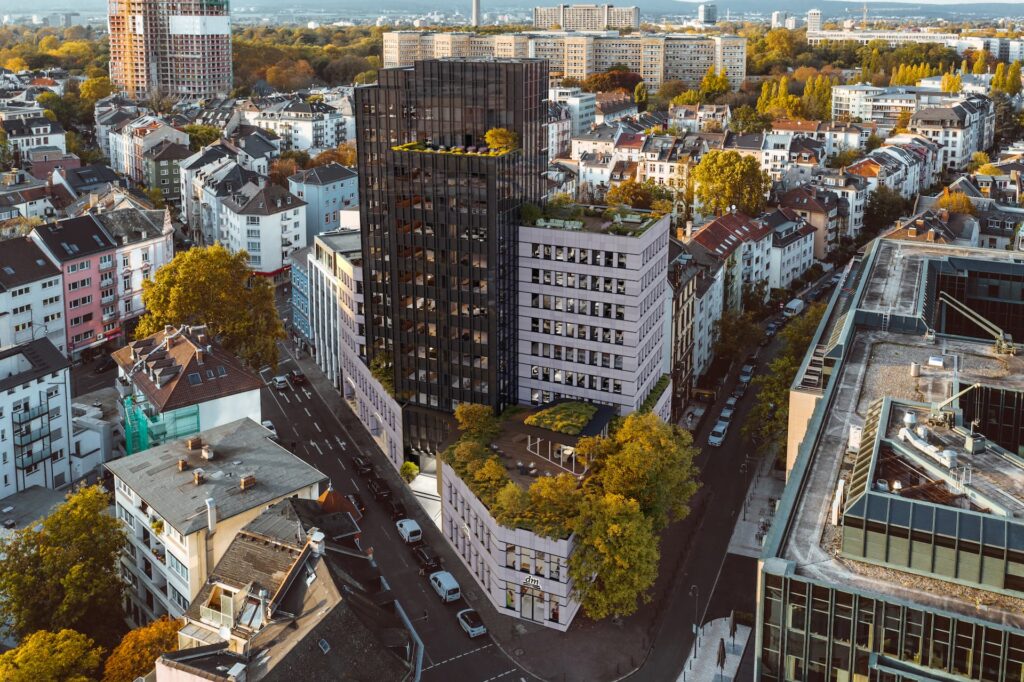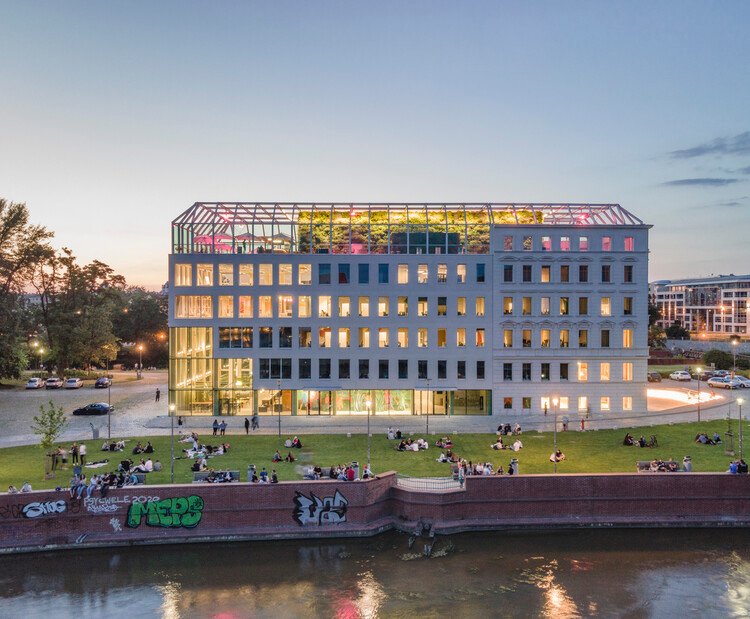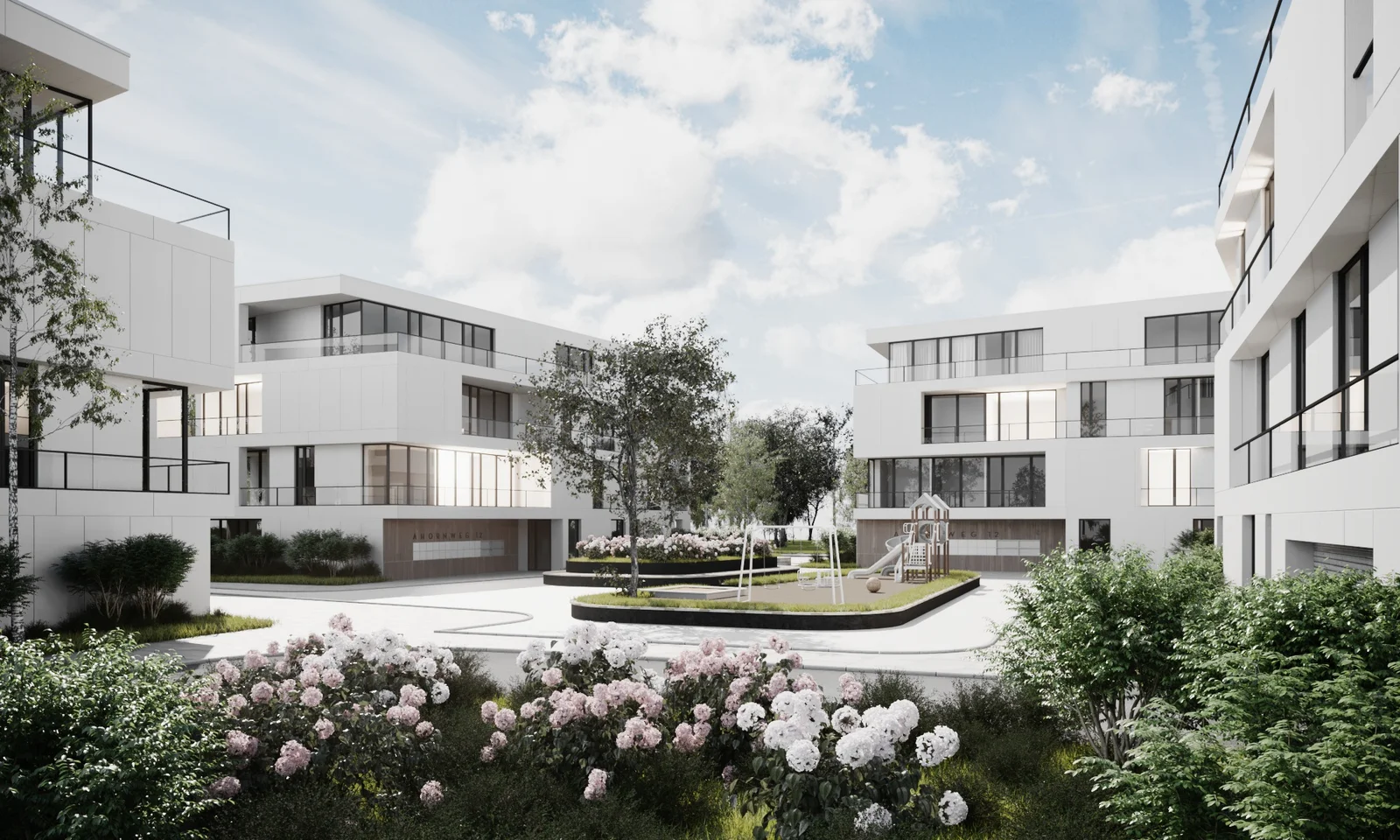The Use of Photorealistic Vegetation in Exterior Renders
When it comes to creating breathtaking, realistic exterior renders, the devil is truly in the details. Among the myriad elements that contribute to a successful render, vegetation plays a significant role. The accurate portrayal of plants, trees, and shrubs not only enhances the aesthetic appeal of an exterior render but also adds to its authenticity and realism. In this blog post, we will explore the use of photorealistic vegetation in exterior renders, its benefits, and how it can transform the visual quality of your renders.
Understanding Photorealistic Vegetation
Photorealistic vegetation in exterior renders refers to the use of high-quality, detailed 3D models of plants and trees that mimic real-life species. These models are created using complex textures and shaders, replicating the intricate details of plant species, from the veins on a leaf to the texture of bark on a tree.
Why is Photorealistic Vegetation Important?
The importance of photorealistic vegetation in exterior renders cannot be overstated. When a viewer looks at a render, the presence of realistic vegetation can greatly enhance the overall impression. It can create a sense of authenticity, making the render appear more believable. This is particularly important in architectural visualization, where the objective is not just to showcase a building, but to present it in its intended environment, complete with surrounding flora.
Photorealistic Vegetation and Atmosphere
Another reason why photorealistic vegetation is crucial in exterior renders is the atmosphere it helps create. The right vegetation can set the mood of a scene, create a certain time of day, or even suggest a particular season. For instance, lush green trees can indicate summer, while bare branches could suggest winter. This level of detail can make a significant difference in the final outcome of a render.
The Impact of Photorealistic Vegetation in Exterior Renders
The use of photorealistic vegetation in exterior renders significantly impacts the overall aesthetics and realism of a project. The exterior render of any architectural project will include natural elements like trees, plants, grass, and other forms of vegetation. Adding high-quality vegetation models to your renderings can bring them to life, adding depth, color, and a sense of reality.
Improving Visual Appeal
The inclusion of photorealistic vegetation in exterior renders helps to improve the visual appeal of a project. It enhances the overall look and feel of the render by adding color, texture, and depth, making it more attractive to viewers. Using high-quality vegetation models can also help to create a more immersive and realistic environment, which can be particularly beneficial for architectural visualizations and video game environments.
Enhancing Realism
Another key benefit of using photorealistic vegetation in exterior renders is the enhanced realism it provides. This is particularly important in the realm of architectural visualization, where clients need to be able to visualize how a proposed building or structure will fit into its surrounding environment. By using high-quality, photorealistic vegetation models, designers can accurately represent how the finished project will look, helping to give clients a better understanding of the final product.
Techniques for Incorporating Photorealistic Vegetation in Exterior Renders
There are several techniques that designers can use to incorporate photorealistic vegetation into their exterior renders. These techniques can help to enhance the overall quality and realism of the finished render, creating a more immersive and visually appealing environment.
Using High-Quality 3D Models
One of the most effective ways to incorporate photorealistic vegetation into an exterior render is by using high-quality 3D models. These models can be downloaded from various online resources or created from scratch using 3D modeling software. By using high-quality models, designers can ensure that their vegetation looks realistic and fits seamlessly into the rest of the render.
Implementing Advanced Rendering Techniques
In addition to using high-quality 3D models, designers can also implement advanced rendering techniques to enhance the overall realism of their vegetation. These techniques can include things like sub-surface scattering, which can help to create more realistic lighting effects, and the use of high-resolution textures, which can add more detail to the vegetation.
The Future of Photorealistic Vegetation in Exterior Renders
As technology continues to evolve, the use of photorealistic vegetation in exterior renders is likely to become even more prevalent. With advances in 3D modeling and rendering software, designers will be able to create even more realistic and immersive environments, helping to take architectural visualization and video game design to new heights.
Advances in 3D Modeling Software
3D modeling software is constantly evolving, with new features and capabilities being added all the time. These advances are making it easier for designers to create high-quality, photorealistic vegetation models. This, in turn, is helping to improve the overall quality and realism of exterior renders.
The Role of Virtual Reality
Virtual reality (VR) is another technology that is likely to have a significant impact on the use of photorealistic vegetation in exterior renders. VR allows users to explore 3D environments in a more immersive way, making the quality and realism of the vegetation even more important. As VR technology continues to improve, the demand for high-quality, photorealistic vegetation in exterior renders is likely to increase.In conclusion, the use of photorealistic vegetation in exterior renders has become an essential tool in the field of architecture and design. It not only enhances the aesthetic appeal of the designs but also provides a realistic representation, allowing clients to visualize the final outcome in a more immersive and accurate context. As technology continues to evolve, the accuracy and realism of these renders are set to improve, further revolutionizing the design industry. Therefore, understanding and mastering the use of photorealistic vegetation in exterior renders is a crucial skill for any modern architect or designer.







